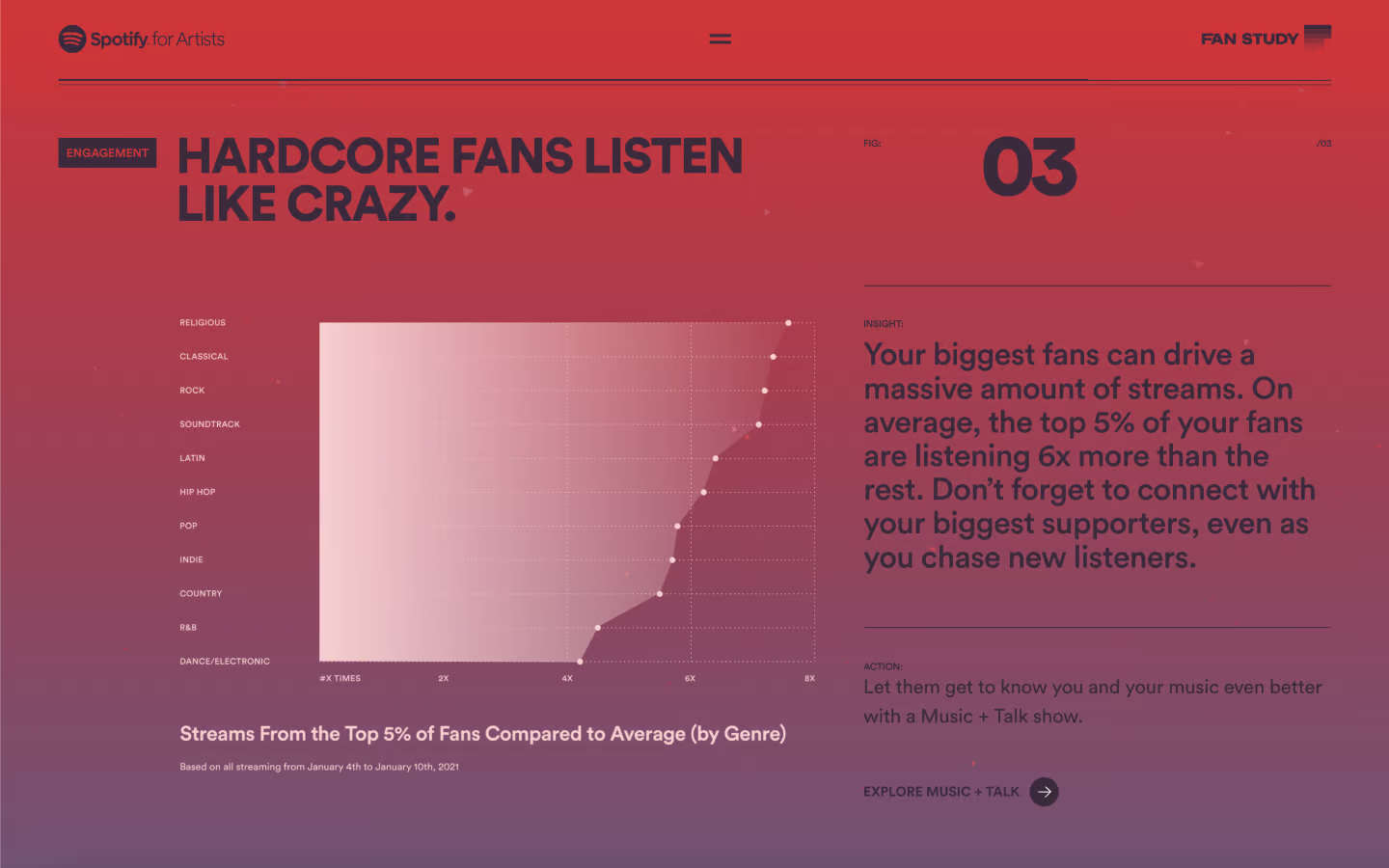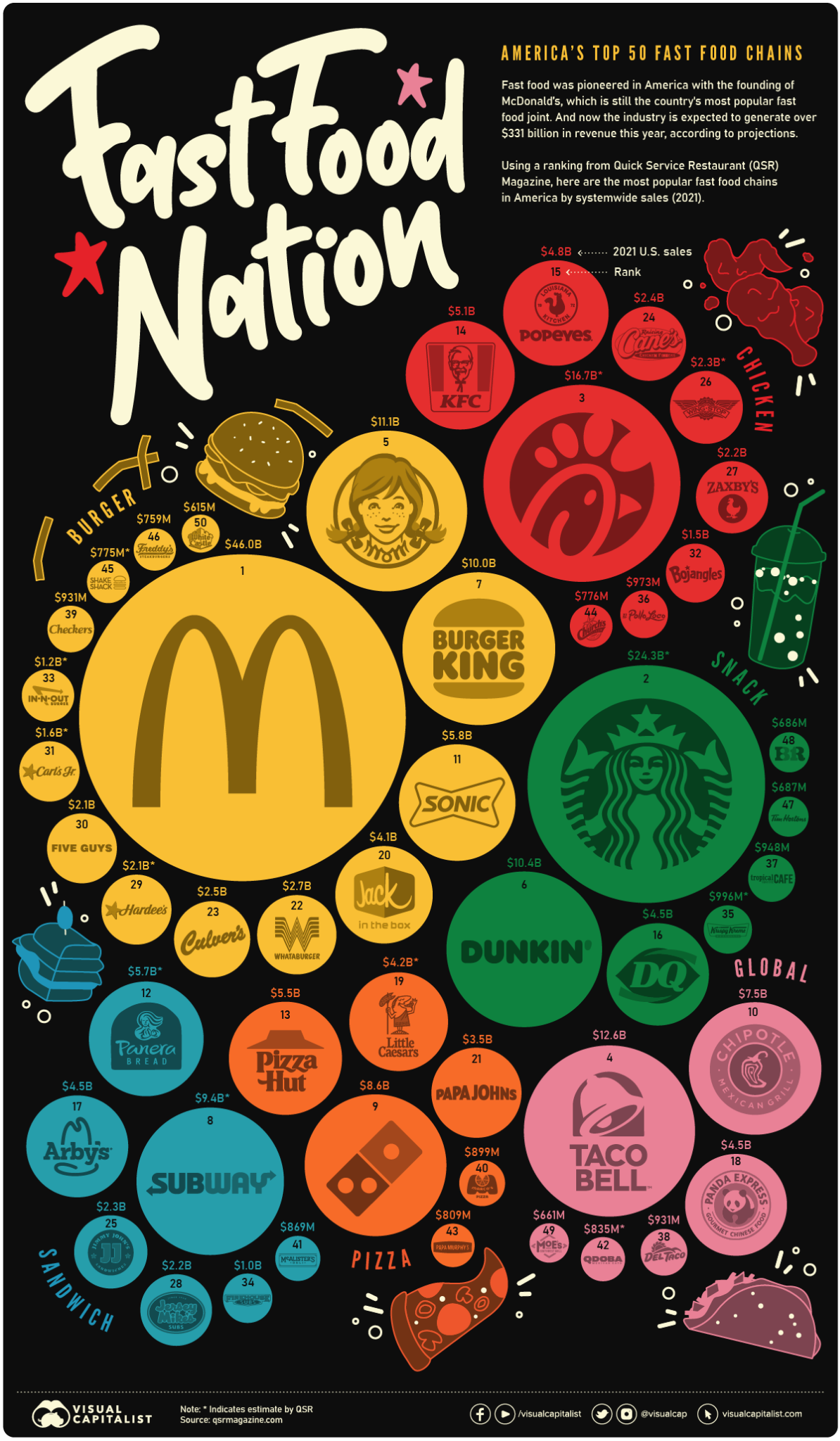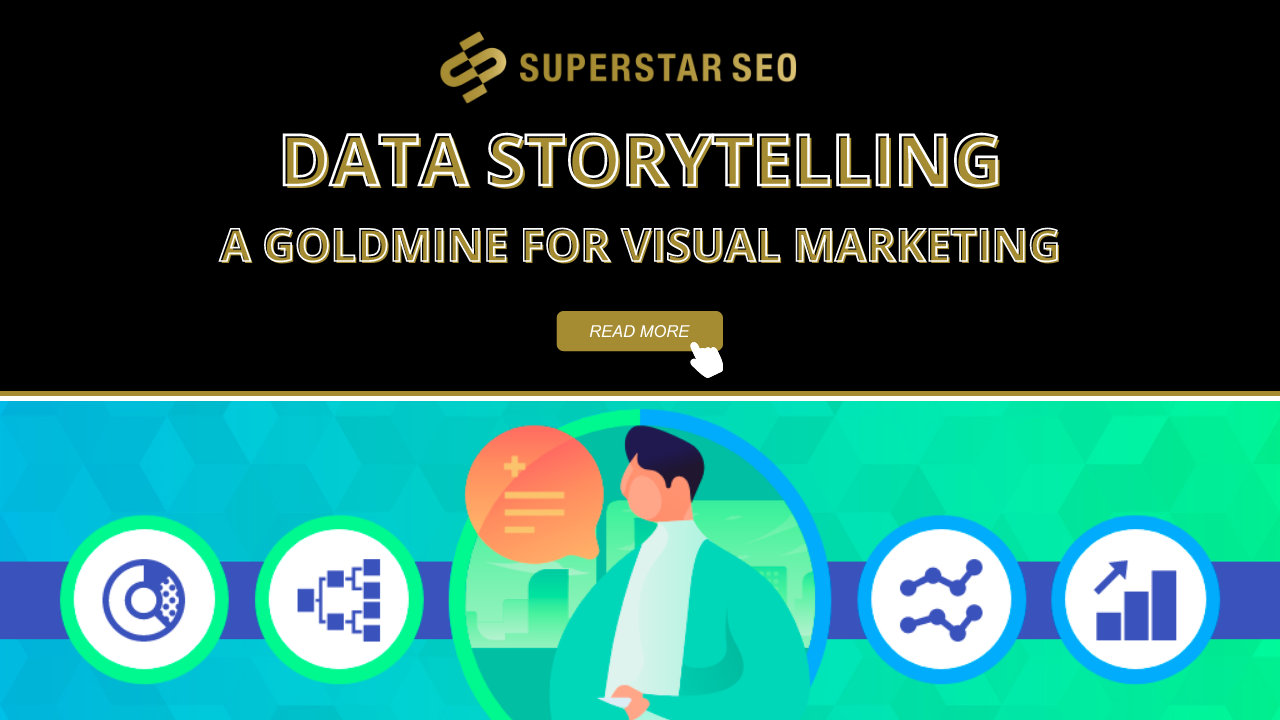Data Storytelling Is A Goldmine For Visual Marketing
In today's data-driven world, businesses are swimming in a sea of information, but only a few are effectively using it to their advantage. Enter data storytelling. A powerful technique that combines the art of storytelling with the science of data analysis.
Why? To create meaningful insights that drive business growth.
If you're wondering what data storytelling is all about and how it can help your visual marketing efforts, you're in the right place.
In this blog, we will explain “what is data storytelling” as well as how exactly it helps your brand and visual marketing efforts.
What Is Data Storytelling? A Definition
Data storytelling is the art of combining data analysis with the power of storytelling to effectively communicate insights from complex data sets.
It involves taking raw data, identifying patterns and trends, and translating those insights into a compelling narrative that is easily understandable and shared.
Since 90% of the information transmitted to our brain is visual, I think it's pretty important.
Effective Data Storytelling Helps Your Visual Marketing Efforts In Several Ways
If you're in the world of marketing, you know that standing out from the competition can be tough.
It's like being a peacock in a sea of pigeons – you need something that makes you stand out from the crowd. That's where effective data storytelling comes in.
Not only can it differentiate your brand, but it also provides more meaning and resonates with your audience.

1. It Helps You Differentiate Your Brand
With so much noise in the marketplace, it's essential to stand out from the crowd.
Storytelling can help you achieve this by communicating your brand's unique value proposition in a way that resonates with your audience.
For example, let's say you're a clothing retailer that specializes in a sustainable fashion.
You could use data storytelling to showcase the environmental impact of fast fashion and how your brand is making a difference.
2. It Brings More Meaning To Your Numbers
Think about it – numbers on their own can be dry and boring.
But when you add a compelling story to those numbers, they become much more powerful.
Storytelling helps your audience understand the implications of the data and how it relates to their lives.
By doing so, you can create a stronger connection with your customers and build trust.
3. People Love Cold Hard Numbers
In a world where information is abundant, it's become increasingly challenging to differentiate between what's real and what's fake.
People are bombarded with content that claims to be factual, but in reality, it's often nothing more than conjecture.
In this age of misinformation, people want something they can rely on – and that's where data comes in.
Data is the foundation of credibility.
It provides a sense of objectivity and authority that is difficult to dispute. When you use data to anchor your story, you're providing your audience with a reliable and trustworthy source of information.
Data-driven storytelling is a powerful way to build credibility and trust.
By using data to support your claims, you can provide your audience with a clear and convincing argument.

4. It's Versatile
Data storytelling is a versatile and dynamic tool that can be used in many different formats to communicate insights gained from data analysis.
One of the most significant advantages of storytelling is its adaptability to different communication channels, making it a powerful tool for any marketer.
Let's say you've conducted a survey of your customers and want to communicate the results to your audience.
You could create an article that summarizes the findings in a compelling narrative, complete with charts and graphs to illustrate the most important insights.
Or, you could create an infographic that provides a visually appealing summary of the data in a single, easily digestible format.
This type of storytelling can also be repurposed and reused in many different ways.
You can use compelling data visualization in an article or incorporate a portion of an infographic into an e-book.
This gives you more mileage for every piece of marketing content you create, making your investment in data go even further.
Bottom Line
Data storytelling is not just a technique but an art form that can be used to captivate and engage your audience.
The insights gained from data analysis are only as valuable as your ability to communicate them effectively.
By weaving together your raw data, synthesizing it into a story, and using visualizations to communicate that story, you can create a compelling narrative that captures your audience's attention and keeps them engaged.





